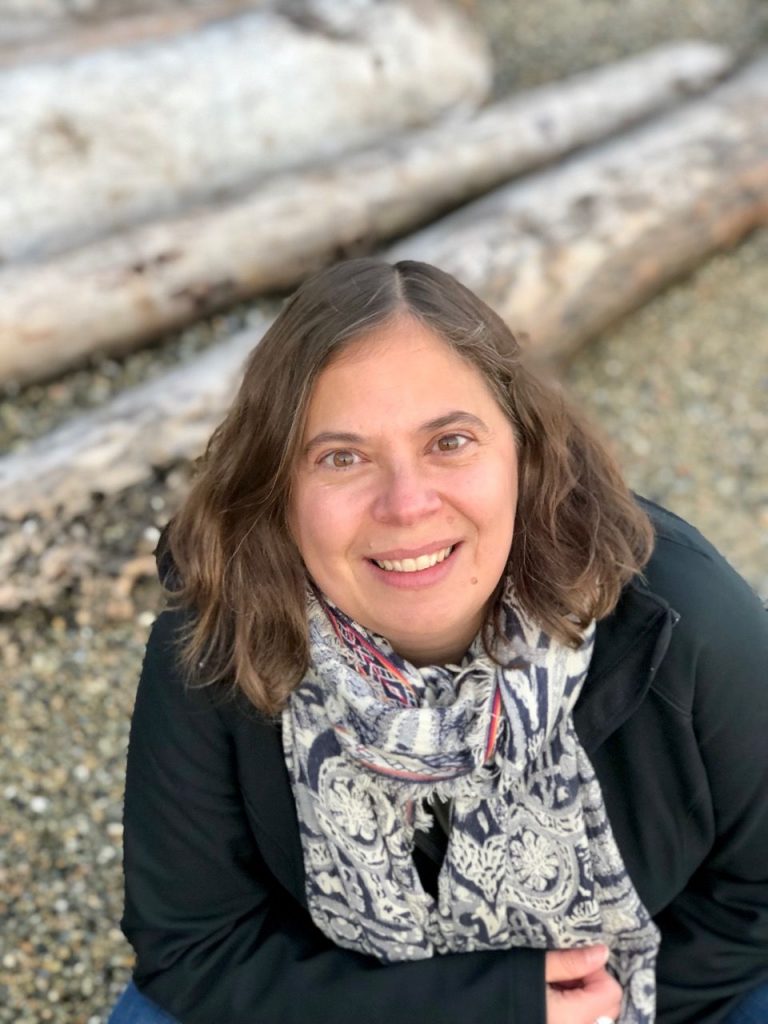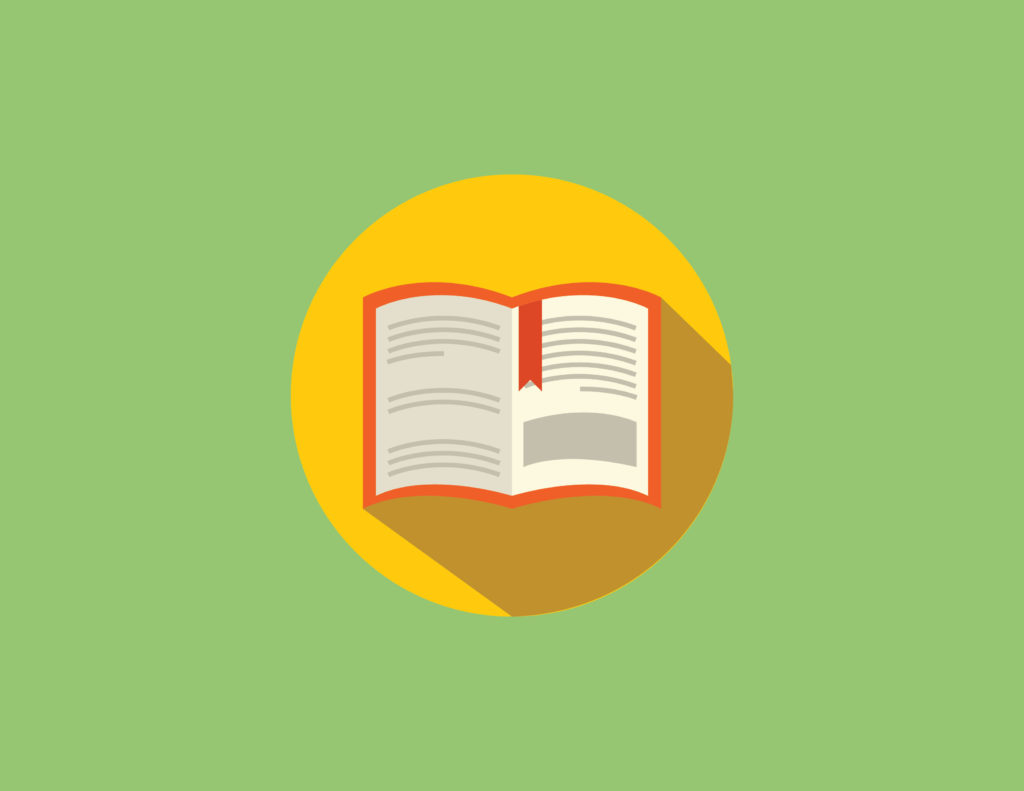Meeting Canadian Writers and Illustrators of Children’s Books
What inspires the writers of the books your students read? How does an illustrator decide what to draw? Is it true that most authors and illustrators don’t know each other? This column features a different Canadian children’s book creator in each issue and shows you the story beyond the covers.


I learned so much about oceans and water when I picked up a copy of Rochelle’s newest book, The Global Ocean. Such fascinating information! Who is Rochelle Strauss and how did she come to write children’s books? I asked her some questions to share with you.
How and when did you become an “environmentalist”?
I didn’t become an environmentalist or environmental educator until later in life. But as a child, I was always fascinated by nature and animals. My mom had a huge collection of Jacques Cousteau’s and Time/Life books about nature. The pictures always captured my imagination. In fact, I think I learned how to read from those pages. I loved discovering amazing ocean creatures and reading about the Serengeti or the Amazon rainforest.
It was only natural that my love for nature led to an interest in protecting it. But I didn’t really put two and two together until I found myself working for an environmental organization in London, UK. It was on my return home that I began to pursue environmental education, beginning with a Master’s degree at York in environmental studies.
Were you an educator?
Not formally, no, but I’m passionate about education and learning. My undergrad in child development and social psychology helped shaped my understanding. Through my work at school and career opportunities, I continued to learn and grow as an educator.
I love how, in The Global Ocean, you break down huge global problems into child-sized chunks! Why is it important that children understand environmental issues?
I love disseminating data and facts. These issues are BIG—so presenting them in ways that are accessible and don’t overwhelm readers is important. I also want to balance information with hope. The news is definitely grim—but there is also hope and optimism.
It’s important to me that children don’t just understand environmental issues but also become curious about species and spaces and how everything works together. I want to foster a sense of awe about the world. This will help them to learn to care—not just about the impact issues have on themselves or their families, but on all species on Earth.
How is writing a book for children different from creating a museum display and other work that you’ve done in the past?
In some ways, it’s similar, and in other ways, it’s very different. Both types of writing are about interpreting science, facts and data and making them accessible to a general audience, making stories resonate with the reader— whether on a panel or in a book.
Where the two differ is that I can explore so much more through a book. Museum displays often focus on key messages, whereas in a book I can add stories. With a book, the reader can come and go and revisit stories. And hopefully, learn something new with each visit. Also, beautiful illustrations in a book tell their own story—those that the illustrator intended and the stories that readers create themselves.
How did you roll into writing and getting published?
That is a funny story! The first time I wrote a story was while doing my undergrad at McGill. I took a children’s literature course in my last year. While everyone else was reading biochem books, I was reading Charlotte’s Web. I LOVED it. As a final assignment, I wrote a picture book. Then, when I did my Master’s work, my research was about using children’s stories to teach about nature. I wrote another picture book but never did anything with either of those books, and my writing shifted to museums.
Fast forward a few years and I had what I thought was an amazing idea for a fictional picture book. I finally had the nerve to submit it to Kids Can Press. Within days they flat out rejected my book (and rightly so!), but they were interested in my background and asked if I’d consider writing non-fiction. Their rejection letter was also an invitation. I had done a lot of environmental writing and remembered how important those early books were for me. So I had an idea for a non-fiction book and not long after Tree of Life (Kids Can Press, 2004) was born!
I fell in love with writing children’s non-fiction. From there I set a goal for myself to change the world, one book at a time!
How do you gather information? I love that you give the number of gallons of water in the world’s oceans. How did you figure that one out?
So much research goes into each book! So much gets discarded in the end—or saved for future reference.
I start with a general concept but don’t yet know the story or the shape it will take. I dive deeper and deeper into the topic, filling pages with notes. I gather research from books and academic sources but am also lucky enough to have researchers and scientists in my life with whom I can consult and who generously give their time to review drafts to ensure the science is correct.
And the numbers always make me laugh! I struggled in school with math. And yet somehow, I keep writing books filled with math and data. It’s important to me to help a reader visualize a number. So being able to say what a large number is equivalent to makes abstract concepts more accessible. The fact that the sheer size is so unimaginable is the point I want to get across.
Huge issues like global warming can be scary and overwhelming. Throughout the book, you give hopeful and practical information, in text boxes called “ripples of change,” to help children make a difference. How did you get that idea?
The “ripples of change” didn’t come right away. I planned to include good news stories, as in my other books, but in the first draft they came at the end of the book. The editor, publisher, and I all felt that the book was too heavy. I hadn’t yet found that delicate balance between explaining issues and offering hope. It’s important to help readers understand issues, but if you push too far, you leave them feeling overwhelmed and powerless.
Then I decided to create “ripples of change” callouts for each spread. Offering one good news story juxtaposed against each issue helps readers to understand that positive action is happening. Through the “ripples of change” stories, I wanted readers to feel hopeful and inspired and empowered to take action. I get much positive feedback about these “ripples of change.”
Have you heard about amazing projects that educators and/ or children came up with after reading your books, like One Well?
I see and hear stories all the time about projects that kids are doing. Social media is great for that. I love when a teacher tags me in a post or shares stories with me directly. My favourite part of being a non-fiction author is hearing stories about how readers are inspired by my books. I always support teachers with that work and love going into schools and chatting with students. There is nothing better than seeing something you said connect with a student. You can literally see it in their eyes, and it fills my heart with excitement and hope.
What can educators and parents do to support kids in becoming environmental activists?
Activism comes in different shapes, and each young person will have their own interests and approaches. Follow their lead, be curious, and ask questions. Share inspirational stories of other activists. Be their mentor. Help them learn more about issues they are interested in, and let them test out different ways to be an activist so that they can find what resonates best with them. Maybe they want to do art activism. Or be at rallies. Perhaps they want to write letters to change makers or raise money for organizations.
Several of your books deal with water on Earth. What’s next?
The Tree of Life is about the incredible diversity of species with which we share this planet. However, the next two books in development also happen to be about water. And I recently discovered some picture book drafts that I wrote but never submitted. My partner is encouraging me to revisit those. In my heart though, I will probably always be most interested in writing about nature and the environment, to inspire kids to learn more!
For more about Rochelle Strauss, check out her website: rochellestrauss.com/
Margriet Ruurs
Margriet Ruurs is the author of over 40 books for children and conducts (ZOOM) school presentations: margrietruurs.com
Enjoy her travel-and-books blog here: globetrottingbooklovers.com
This article is featured in Canadian Teacher Magazine’s Fall 2022 issue.

